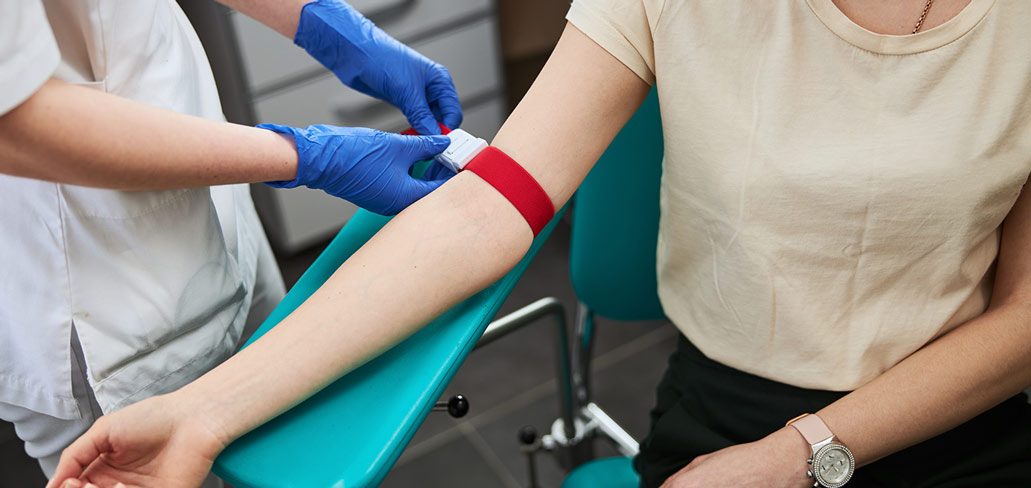Blood Draw Best Practices: Minimizing Discomfort & Ensuring Accuracy
Phlebotomy, the process of drawing blood, is a common procedure performed by many healthcare professionals, including Patient Care Technicians (PCTs). While seemingly routine, it requires precision and care to minimize patient discomfort, prevent complications, and ensure accurate results. Here’s a breakdown of best practices for successful and patient-centered blood draws:
Patient Preparation is Key:
- Positive Introduction and Identification: Start by warmly introducing yourself and confirming the patient’s identity using two identifiers (name, date of birth, medical record number). This builds trust and prevents errors.
- Explanation and Consent: Explain the procedure clearly and concisely, addressing any patient anxieties or concerns. Obtain verbal consent before proceeding.
- Positioning: Properly position the patient for easy access to the chosen vein. Ensure they are comfortable and supported.
- Vein Selection: Palpate (feel) for a suitable vein. Look for a large, straight, and bouncy vein, preferably in the antecubital fossa (inside the elbow). Avoid areas that are bruised, scarred, or swollen. If you have difficulty finding a vein, consider using a vein finder if available.
The Blood Draw Procedure:
- Hand Hygiene: Meticulous hand hygiene is paramount. Wash your hands thoroughly before and after each procedure.
- Applying the Tourniquet: Apply the tourniquet 3-4 inches above the venipuncture site. It should be tight enough to impede venous blood flow but not so tight as to restrict arterial flow.
- Cleaning the Site: Cleanse the venipuncture site with an antiseptic wipe (usually alcohol) in a circular motion, moving outward. Allow the area to air dry completely – don’t touch it after cleaning.
- Inserting the Needle: Using the appropriate gauge needle (typically 21-23 gauge for adults), insert the needle at a 15-30 degree angle, bevel up. A smooth, steady motion is key.
- Collecting the Blood: Once the needle is in the vein, gently attach the appropriate blood collection tubes. Fill the tubes to the designated fill line to ensure accurate results.
- Releasing the Tourniquet: Before removing the needle, release the tourniquet. This helps prevent hematomas (bruises).
- Removing the Needle and Applying Pressure: Swiftly remove the needle and immediately apply pressure to the puncture site with a clean gauze pad. Maintain pressure for several minutes to prevent bleeding.
- Disposing of Sharps: Immediately dispose of the used needle and holder in a sharps container. Never recap needles.
Minimizing Patient Discomfort:
- Gentle Technique: Use a gentle touch when palpating for veins and inserting the needle.
- Distraction: Engage the patient in conversation to distract them from the procedure.
- Proper Needle Gauge: Using the appropriate needle gauge minimizes pain.
- Patient Communication: Communicate clearly and empathetically throughout the process. Address any concerns the patient may have.
Preventing Complications:
- Hematoma: Applying adequate pressure after the blood draw is crucial to prevent hematomas.
- Infection: Proper hand hygiene and cleaning the venipuncture site are essential for preventing infections.
- Vasovagal Reaction: Be alert for signs of a vasovagal reaction (fainting), such as dizziness, lightheadedness, or nausea. If a patient experiences these symptoms, stop the procedure and assist them.
- Nerve Injury: Avoid inserting the needle too deeply or probing excessively, as this can damage nerves.
Ensuring Accurate Results:
- Proper Tube Order: Follow the correct order of draw for blood collection tubes to prevent contamination of specimens.
- Complete Filling of Tubes: Ensure tubes are filled to the designated fill line.
- Gentle Mixing: Gently invert the tubes several times after collection to mix the blood with any additives.
- Labeling: Immediately and accurately label all blood collection tubes with the patient’s information.
Continuing Education:
Regular training and continuing education are vital for PCTs to stay updated on best practices in phlebotomy. By adhering to these guidelines, PCTs can provide safe, efficient, and patient-centered care during blood draws, ensuring both patient comfort and accurate diagnostic results.



